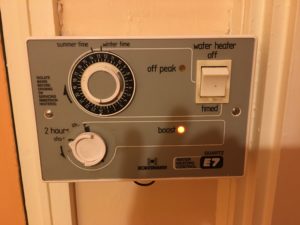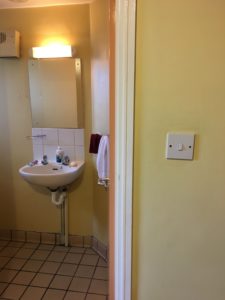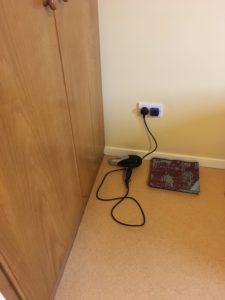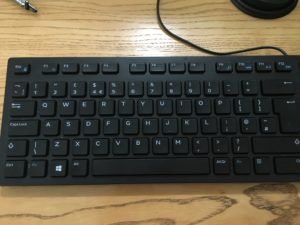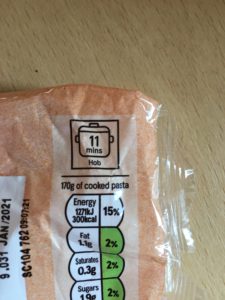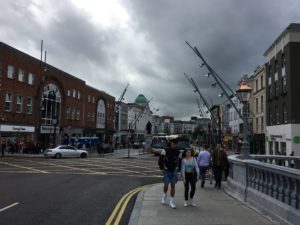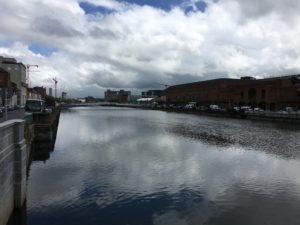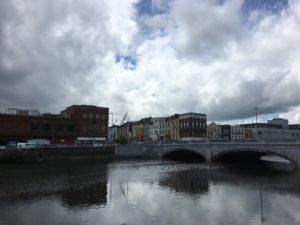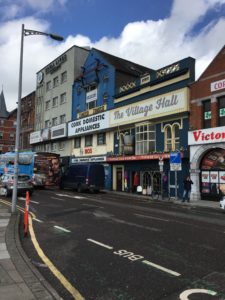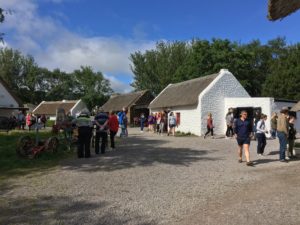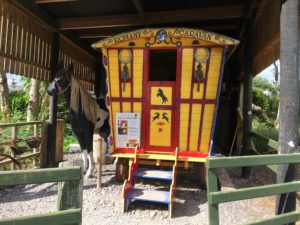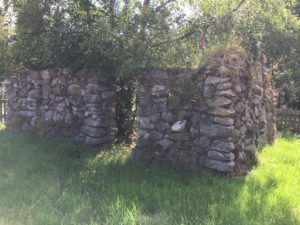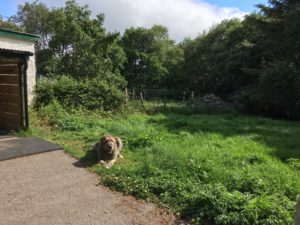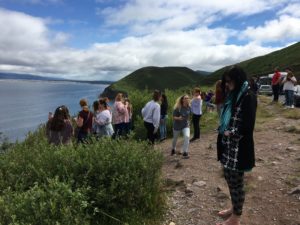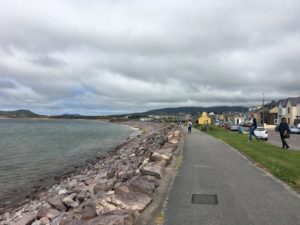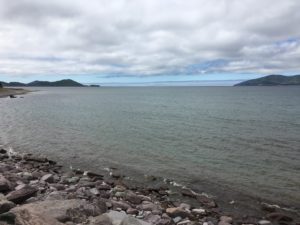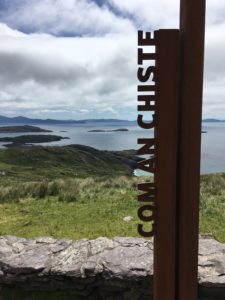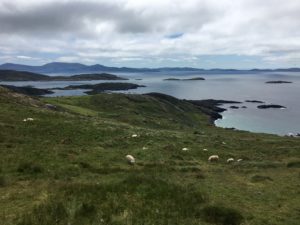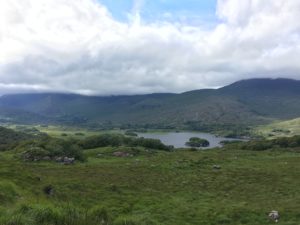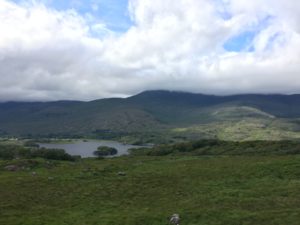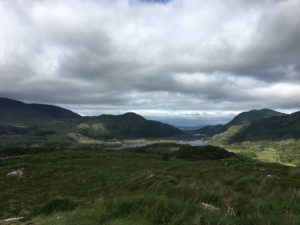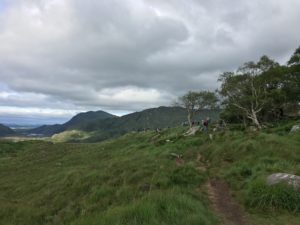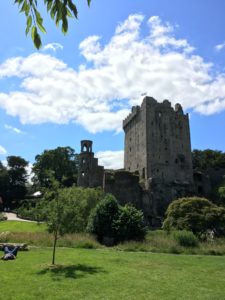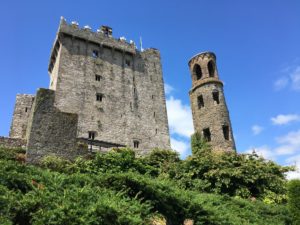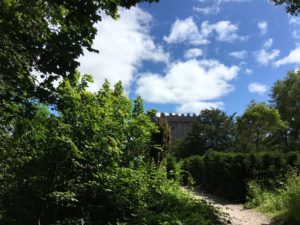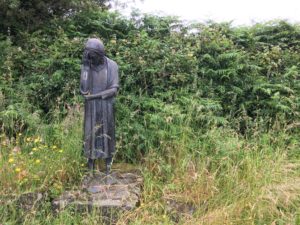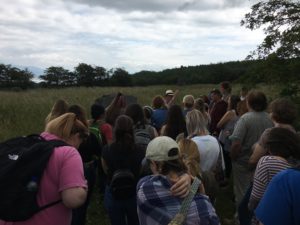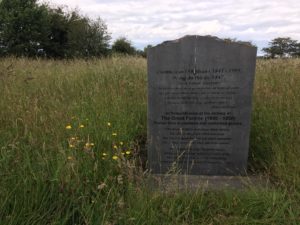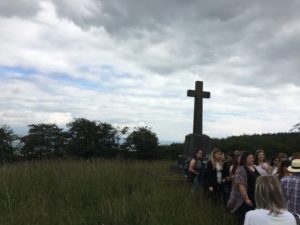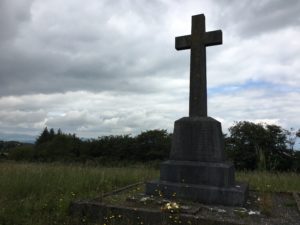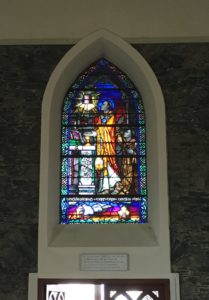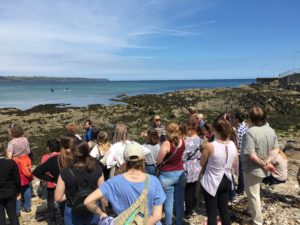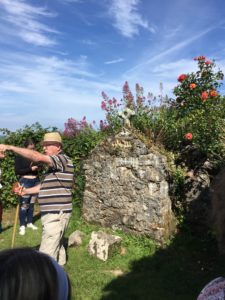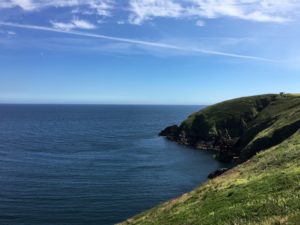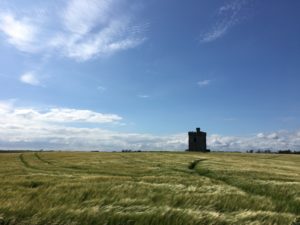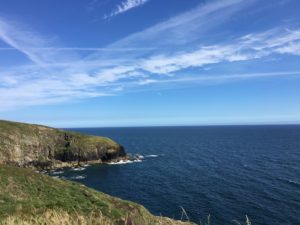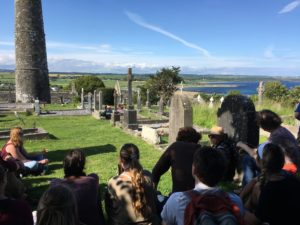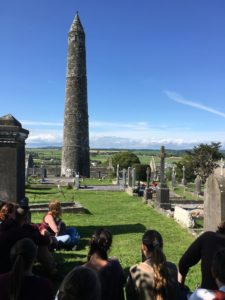We had such a busy week last week! Kind of thought it would be mellow after Dublin but we kept things moving right along as we passed the halfway point of the program. Classes on Monday and Wednesday as usual, plus two cool field trips on Tuesday and Thursday:
Tuesday we visited three places in Co. Wexford, immediately northeast of Waterford along the coast. Wexford has the special distinctions of being our consultant Jonathan’s home and the 2019 Leinster hurling champions. Our students watched the Leinster final with intense interest–and, I suspect, some money on the line. When Wexford pulled out an unexpected victory, Georgia EC (as we are known here) got pretty excited! It was fun to go to Wexford right after the win and see the team colors flying everywhere around town.
We went to the 1798 Rebellion Centre in Enniscorthy, an interactive museum about–can you guess?–the 1798 rebellion of Irish insurgents against British troops. Although unsuccessful, the rebellion is considered important in the overall history of Irish independence and in linking Ireland with the revolutionary movements of the United States and France.
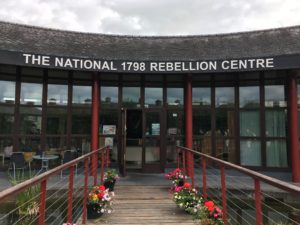
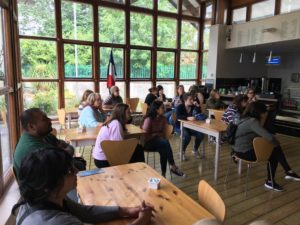
Students listening to a weapons demonstration
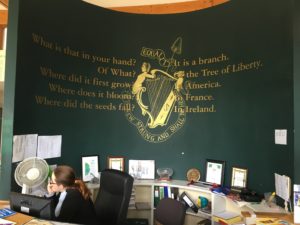
A quick lunch stop in Enniscorthy, which is small but pretty . . .
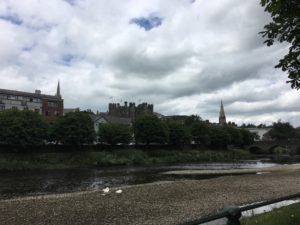
. . . and we went on to the Irish National Heritage Park. Here is where I admit that I did not take the tour this year, having done it three times already. But if you have a chance, you should go. The park reconstructs 9000 years of prehistoric and early Christian Ireland so you can get an idea of how people lived all those millennia ago. It is fascinating and worth seeing–at least 3 times.
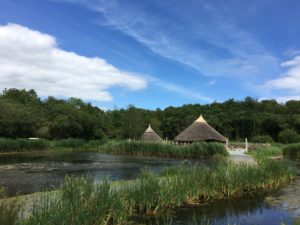
“Program director privilege” is the right to skip the tour and sit in the café overlooking the back of the park instead.
We finished the day at the Dunbrody in New Ross. The Dunbrody is a reconstruction of a 19th-century famine ship and they do an interactive tour that describes the experience of crossing the Atlantic on such a ship.
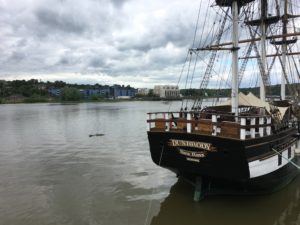
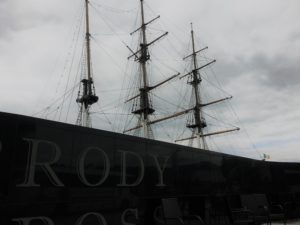
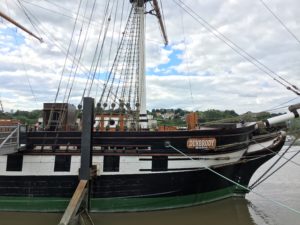
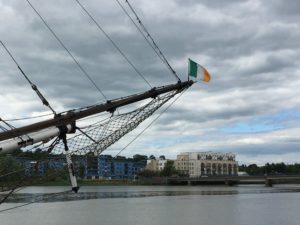
The Dunbrody visitor center also has a great restaurant where we always eat dinner after the ship tour. It feels a little funny to learn about a famine and then have a nice meal, but the students love it.
Wednesday afternoon after classes we got to go over to the WIT Arena to learn the basics of how to play hurling. We get to do this every year and it is always a highlight. My colleague Paraic Fanning, who handles a lot of the logistical arrangements for our program, has been involved in hurling all his life and is actually manager for the Waterford senior hurling team this year. So he arranges for a couple of WIT GAA players to come and teach us the basics. Some of the students were surprisingly good!
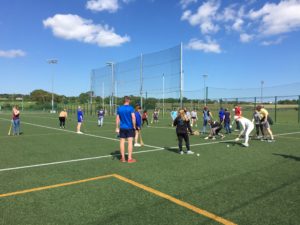
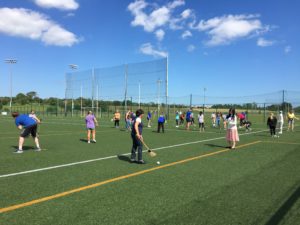
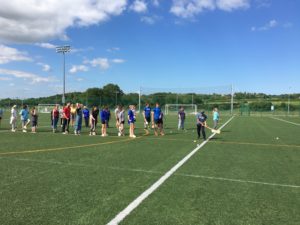
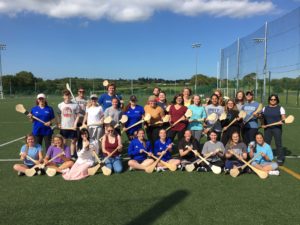
Thursday was our trip to Co. Tipperary, which might be my favorite field trip day. We made 4 stops; the first was the Swiss Cottage, a 19th-century cottage orné (think of the Trianon at Versailles) built by the Butler family (like seemingly everything fancy in Ireland) and restored in the 1980s after some years of abandonment. No photos allowed inside but the outside is beautiful:
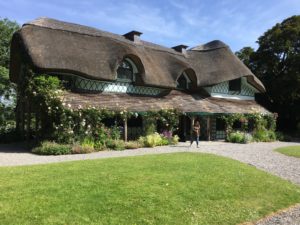
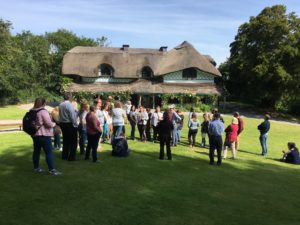
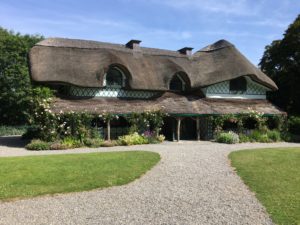
Next door (so to speak) in Cahir is Cahir Castle–the Butlers who built the Swiss Cottage were the 10th Baron Cahir and his wife but I don’t think they ever lived in the castle. It is great to look at but would have been expensive to furnish and heat.
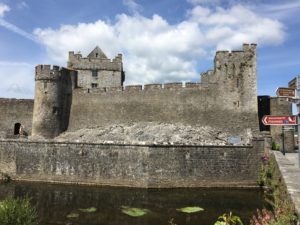

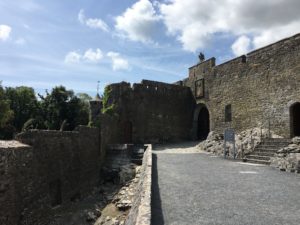
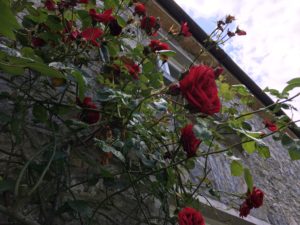
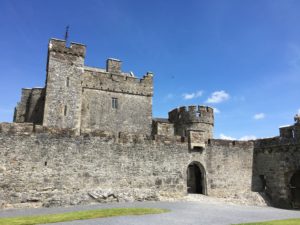
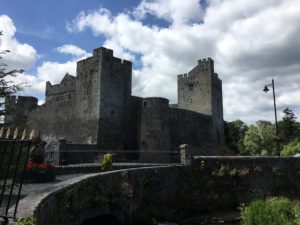
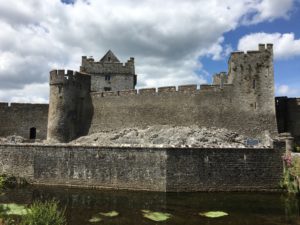
We had lunch in Cashel at the Brú Ború Cultural Centre and enjoyed a mini performance of traditional Irish music and dancing that, it being the 4th of July, culminated in a surprise performance of the Marine Corps Hymn by one of the musicians who had been in the U.S. Marines. I’m not sure who was more delighted–us or the musician! After Brú Ború we had time to meander all over the Rock of Cashel and enjoy the amazing views. The Rock is a huge limestone outcrop on which a cathedral was built in the 13th century. A late-18th-century archbishop had the weird idea to move the cathedral to a different site and removed the roof as a first step. The plan foundered after that and the cathedral–probably the most impressive in Ireland if it had remained intact–has become a ruin. Even as a ruin it is dazzling:
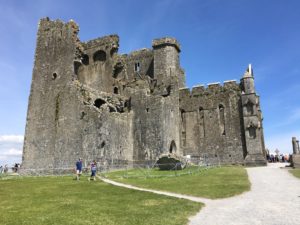
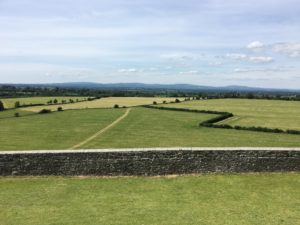
The view from the Rock is amazing as well.
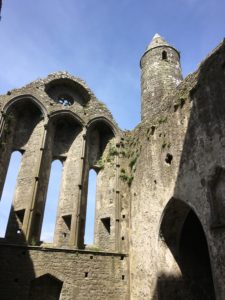
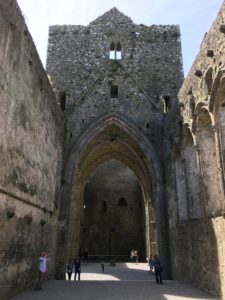
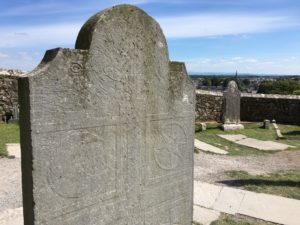
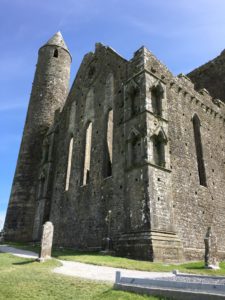
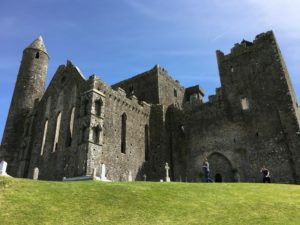
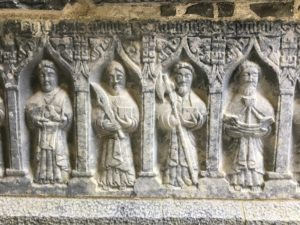
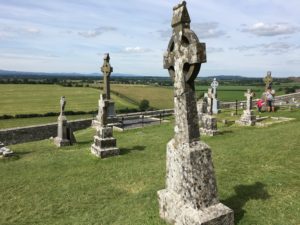
Finally, on Friday night the faculty took the bus to Dungarvan–about 45 minutes away on the coast–for dinner at the Tannery, a restaurant owned by Lords & Ladles chef Paul Flannery. It was a great experience: outstanding food and drinks in a gracious (but not intimidating) atmosphere. I had:
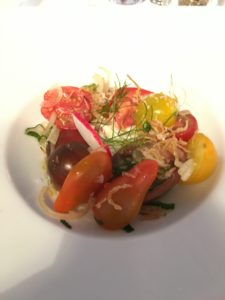
Heirloom tomato salad to start.
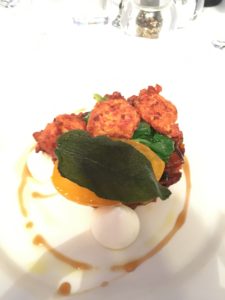
Imam bayildi (had never heard of it; delicious) as the main course
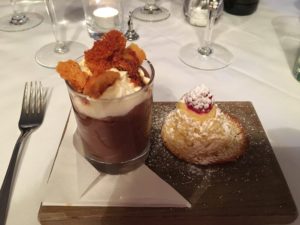
Chocolate mousse served with lemon sponge for dessert
And Dungarvan looking gorgeous at sunset when we left the restaurant to catch the bus back:
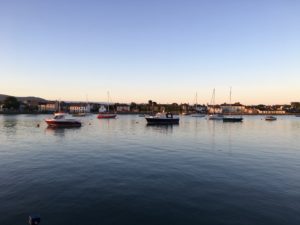
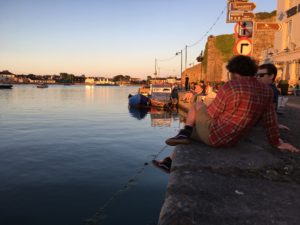
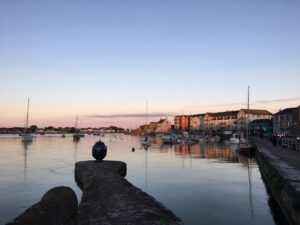
I’m finishing this entry fresh off the U.S. women’s World Cup victory, which we watched in the local pub in good Irish style. Congratulations, USA! Ready for another big week to start tomorrow.
